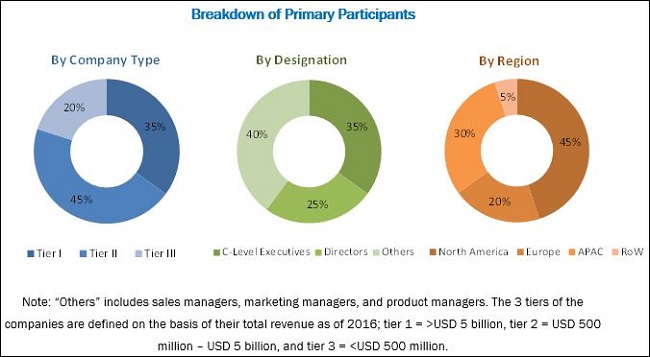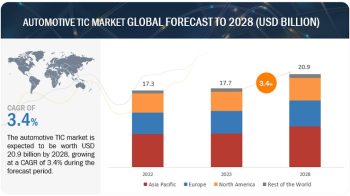The augmented reality in retail market is expected to be USD 1,155.8 million in 2018 and is projected to reach USD 7,951.2 million by 2023, at a CAGR of 47.1% during the forecast period. Increasing online shopping encourages retailers to adopt AR, rising smartphone penetration, and growing adoption of connected devices are the major factors driving the growth of the augmented reality in retail market. The lack of compatibility, interoperability, privacy, and security concerns associated with the use of AR restrain the growth of the augmented reality in retail market.
Retailers have been showing increased interest in adopting AR in their retail and e-commerce applications to attract customers. The recent boom in e-commerce can be attributed to the advantages it provided to buyers and sellers. With the help of AR, a buyer can compare the products by superimposing virtual images in the real world. This will not only help the buyer’s decision-making process but is also convenient for the seller as it improves the selling strategy. The enhanced buying experience is beneficial for the entire retail industry.

Augmented Reality in Retail Market
Download PDF Brochure @
https://www.marketsandmarkets.com/pdfdownloadNew.asp?id=77516130
The grocery shopping is expected to grow at the highest rate in the augmented reality in retail market in the next 5–7 years. The use of AR is not only limited to games and entertainment but can also be effectively used for various advertising and marketing techniques in many retail establishments. Amazon adopted AR in their “Just Walk Out Technology” initiative. The implementation of AR in grocery shopping is currently in testing phase, which would later be named Amazon Go. With the adoption of this technology, customers can just walk into a store, pick the products they need, and leave without waiting in long queues for payment. Using AR, the products picked up by the customers are billed, and the amount would be deducted from the customer’s Amazon account. Online grocery shopping has seen a surge in the last 5 years and would increase at a high rate in the near future. The ease and the convenience offered by the retailers with the implementation of advanced technologies would be the major drivers for the growth of the augmented reality in retail market for grocery shopping.
The advertising and marketing application is among the major AR applications that increase customer engagement. Garnering sales and revenue is the major objective of using AR in advertising and marketing. AR makes advertising more interactive, allowing advertisers and marketers to reach out to customers in new and improved ways. The boom in the digitization and the ever-growing base of internet users would accelerate the deployment of AR in advertising and marketing. The increase in the adoption of AR relies on major parameters such as the emotional connection with AR, economical advertising with more engagement, sales boost, and improvement in hyperlocal advertising.
Growing consumer and commercial markets with increasing investments in countries such as Japan and China would boost the growth of the augmented reality in retail market in APAC. E-commerce is becoming a major area of focus for retailers in APAC, where China is becoming the largest e-commerce market worldwide.

